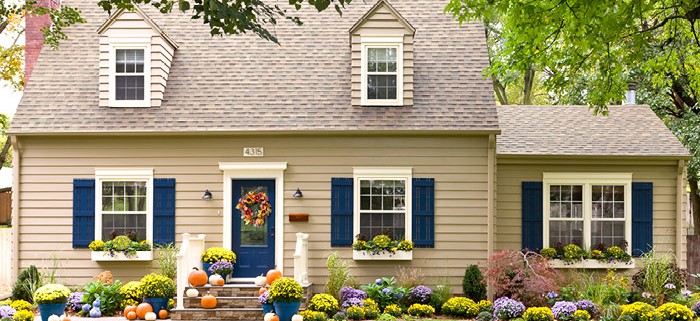Fall Landscaping Tips
Fall (September – November)
Trees and shrubs:
• Fertilize trees and shrubs using a balanced fertilizer
• Inspect for insects and disease, treating as necessary
Lawns:
• Aerate, over-seed, and apply a slow-release fertilizer to fescue grass
• Apply a high-potassium fertilizer to warm season turf
• Apply post-emergent weed-control as needed
• Inspect for insects and disease, treating as necessary
• Mow, trim, and edge lawn areas as needed
• Remove autumn leaves from lawns as necessary
Planted beds (softscapes):
• Remove leaves, weeds, sticks, debris, etc., from planted areas
• Apply post-emergent weed control as needed
• Inspect for insects and disease, treating as necessary
• Maintain flowers regularly by deadheading, weeding, and fertilizing as necessary
• Install fall flowers (such as mums) from September 15th through October 15th.
• Begin planting spring bulbs (tulips, daffodils, crocus, etc.)
• Dig up delicate bulbs for storage
• Divide and/or transplant other perennials (daylilies, iris, etc.)
Hardscapes, water features, irrigation systems, and outdoor lighting:
• Turn off and “winterize” irrigation systems before the first freeze (by October 15th)
• Drain and winterize water features (as necessary) before the first freeze (by October 15th)
• Reset automatic timers on outdoor lighting when Daylight Savings Time ends
• Inspect outdoor lighting fixtures, replacing bulbs if necessary
Additional:
• Begin the planning and designing phases for next year’s landscape projects by deciding upon an appropriate landscape design firm
• Arrange for consultants with your landscape design firm to take measurements and survey current conditions before the ground is covered with snow
• Finalize winter service contracts for snow removal, deer-netting, dormant-season pruning, etc.
• Arrange and schedule a contractor or home-repair specialist for wintertime home-improvement projects



